Most of us weren’t blessed with having parents who purchased our first kart at a young age and supported us through the ranks of motorsport, working with professionals taking care of our cars and developing our skills. The rest of us, the average every day guy or girl who has stumbled upon the joy of motorsport has had to work out through experience, friends, google, forums and whoever we might run across out on the track willing to lend a helping hand exactly how to drive fast, how to prepare our cars, how to maintain our cars and what to do on the day.
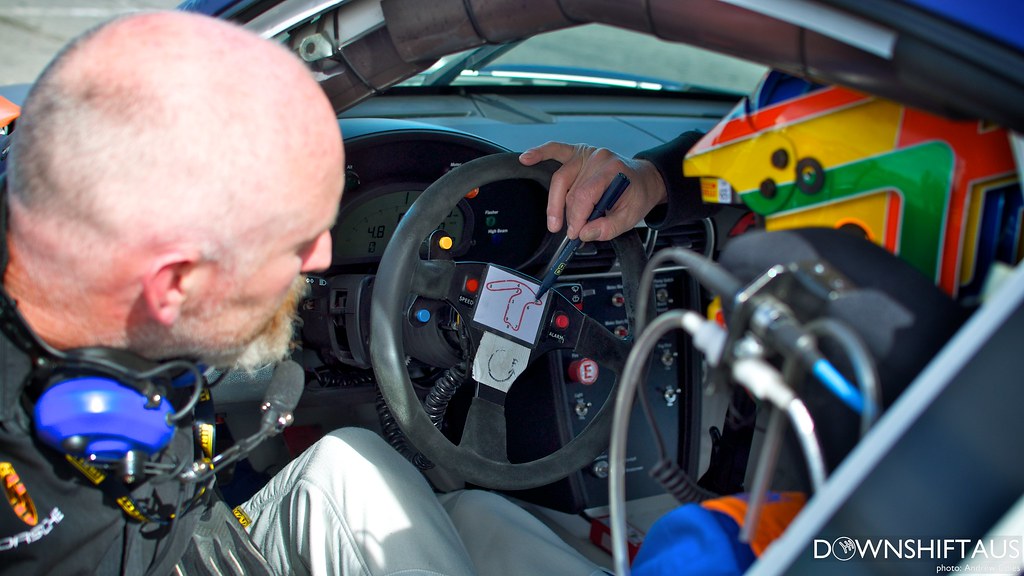
Either way, the first track day can be a fairly intimidating experience for anyone. These articles are designed to be a fairly comprehensive guide of the basics to get you track ready along with your car. Here is a quick break down of what we will cover before we get into Part 1 of the ultimate track day guide:
Part 1: Selecting a car
Part 2: Preparing your car and safety items
Part 3: Where to go racing and what you need
Part 4: Hitting the track
Part 5: Suspension, brakes and cooling.
Part 6: How to improve your lap times

Each section will be quite comprehensive and designed to cover pretty much everything you will need to have fun and put in some competitive performances at the track. It is entirely up to you how much you take from each day. We all know some of us are a little more competitive than others but that doesn’t mean that for those simply wishing to enjoy their track days can’t take something from this guide in making the day a little less stressful.
Part 1 – Selecting a car
We really will be starting from the beginning and for 90% of you out there, you will already have the car that you want. But for those looking to start afresh or just curious, this is the starting grid.
Here also comes my first piece of advice. IT IS ALMOST ALWAYS CHEAPER TO BUY SOMEONE ELSE’S PROJECT THAN IT IS TO BUILD YOUR OWN, learn from my mistakes on that one. I am the King of half finished projects that just sit there for ages. This is potentially the best piece of advice I can offer at least in this article. Having said that, being part of being in the modified car scene and being a car enthusiast, we often have a love for tinkering with cars and part of the joy is getting our own creation out on the track. Even if you are buying someone else’s project, still read the following information as it will still be relevant (at the end of the article I have included a list of relevant links to assist in your search for a new car.
With that all said and done we might as well get onto the rest of the article.
Where can you buy a car?
There are a number of places to pick up cars whether you want something completed, partially completed or a bone stock car to transform. I’ve used a number of places, so I’ve compiled a list of a few of my favourites outside of carsales:
Ebay: It may sound stupid but quite often you can find a great bargain on ebay. A little trick a simple search such as ‘race car’ can bring up quite a few interesting cars.
My105.com: A fantastic place to find race cars. It’s all it is designed for and would have to be one of my favourite Australian sites to go while day dreaming. You probably won’t find as many good bargains, but there is plenty of variety. Everything from karts to open-wheelers, sedans, coupes and historics. Pretty much everything is covered.
Forums: a pretty obvious place for most of us, but we can’t neglect to put this in. Plenty of project cars available on the forums in various states of completion.
When buying a car there are a number of factors that need to be considered.
– Budget
– Class of racing
– Suitability for racing
– What you want to drive
– Experience
Budget
Unfortunately most of us are limited by a budget. You need to set a budget, and I think too many of us are unrealistic with what we can afford. Be conservative. You need to allow for expenses which will include entry fees, tyres, fuel, consumables, repairs, buying a car trailer (if unregistered), and towing from the track when it breaks. It’s great buying the best car you can for your budget, but it sucks when you don’t have the money to fix it or enter events. The cost of running a car varies wildly, but a good general rule though is: the smaller the car, the cheaper it will be to run.
Class of racing
Next is to pick a class of racing. Your budget will very much dictate where you can afford to go racing. You might have to take a step back from those dreams of running in V8 Supercars, but there is a class for almost everybody.
Club level racing is growing in popularity in Australia. Most States offer several different classes of racing at a club level, which will allow you to run almost any car you can imagine. As you move up to State and National Level Ranks what you can run becomes more restrictive.
Here are a few links to some of the groups that you can go racing with. I’ve added a short description of each class, rather than attempting to break down the benefits or negatives to each class.
Improved Production: One of my favourite classes. Starting with your everyday production vehicle (there are limitations on what cars can compete, the rules of improved production can be found in the CAMS Manual of Motorsport), you can still perform fairly substantial modifications within the rules. The class is somewhat parity-based so 4 cylinders can compete against rotors and V8s. It can be an expensive class to run in if you want to run at the front, but building and running a car that you can have fun in and race against other people is fairly cheap. More info: Improved Production Racing Queensland.
Top Gear and Queensland Racing Drivers Championship: Queensland Raceway’s club-level motorsport. It is as close as we get to a “run-what-you-brought” class. This outlines the specific classes and gives you an idea of what you can compete in. Anything from open-wheelers to ex-V8 Supercars to Hyundai Excels have a class that they can race in. And don’t scoff, the Hyundai Excel series is actually a fantastic series to get involved in for very little outlay.
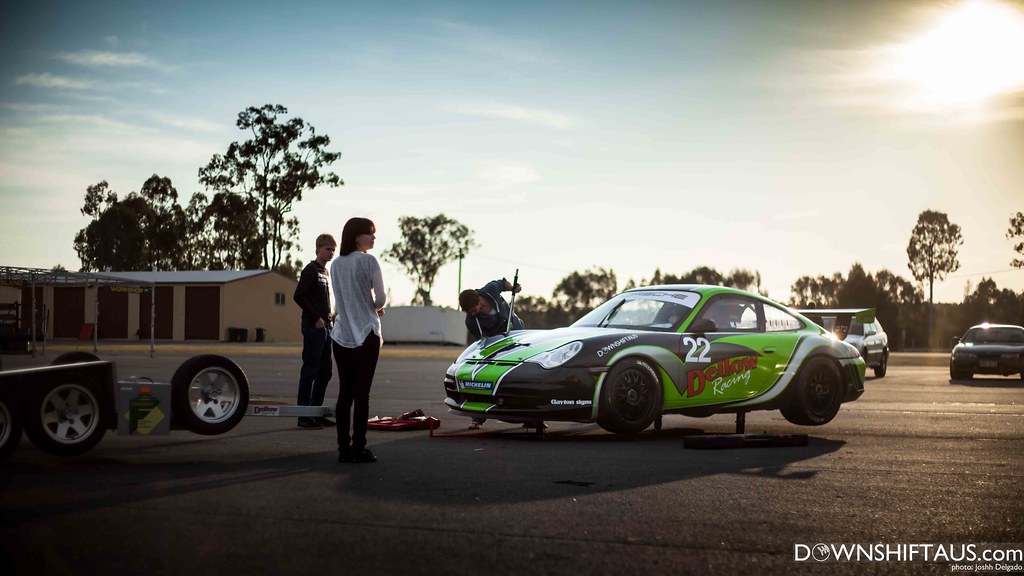
Formula Vee and Formula Ford: Open wheeler racing is great fun. Feeling like not much more than slightly larger go-karts, these classes are fantastic if you are really serious about your motorsport. Formula Vee can be quite a cost effective class to get into, but Formula Ford can get very expensive especially if planning on running at a National Level. More info: Formula Ford | Formula Vee.
National Suzuki Swift Series: I’ve been fortunate enough to do some testing with these guys, and can assure you this is a great class. The fantastic thing with this is it is a national televised series and there is nothing stopping you from running a season for $35,000 (for national-level motorsport that is nothing) assuming you don’t bin the car. These cars are well setup and if you just want to hire a car for a season, all you have to do is show up at the track while they deliver your car and help prepare it for you to drive. More info: Australian Swift Series On some of the faster tracks you will see 210km/h+.
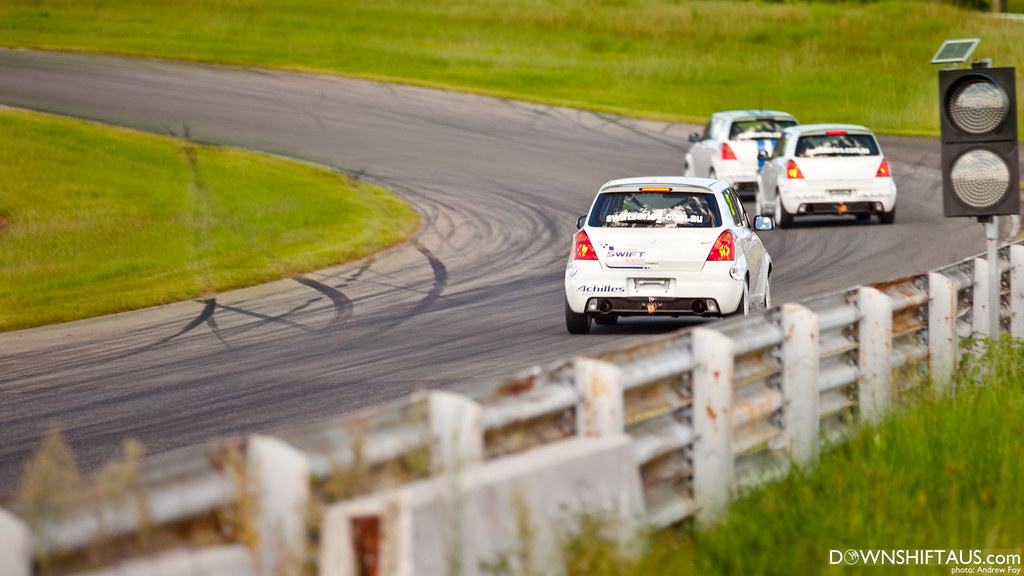
These are just a few classes for you to think about. There are others out there and I highly recommend you have a look around. A great way to find a class that you like is to head out to the track and just see what is running around your local area. Of course if you just want to compete in time attack-style events then you are pretty much free to drive whatever the hell you like.
Suitability for racing and what you want to drive
Anything can be raced. It just depends on how deep your pockets are and how much fiddling around you want to do. Some cars make a far better base than others, but there is nothing stopping you from racing mum’s Getz other than her rage when she finds out. But realistically there are better cars out there to start with. We’ve sat down and worked out a few different options for each price range and tried to include one car in each price range that you may not have considered before.
Under $10K:
Honda Civic or Toyota Corolla. Finding an early ED, EF or EG Civic or AE82 AE9X Corolla can make for a great base to work with. Finding a B-series powered Civic is ideal, but B-series swaps are quite cheap. The Corolla also makes an excellent base with both cars having a huge level of aftermarket support. With pretty decent performance for a little hatchback, these cars are great for learning how to maintain momentum.
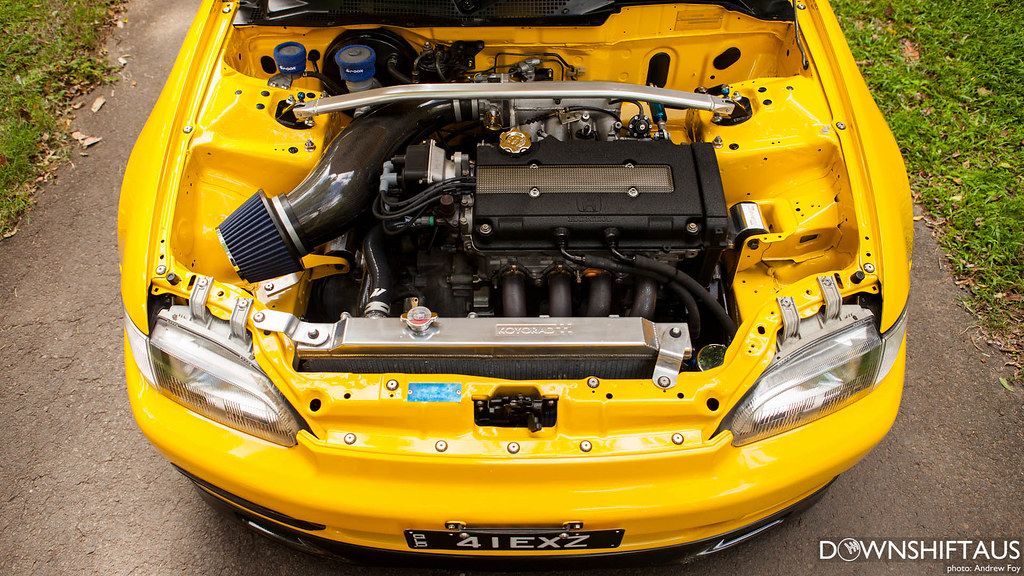
The Nissan Silvia is another fantastic base. Lightweight, rear-wheel drive and the SR20 is capable of making very good power. With such a die-hard following, replacement parts are easy to come across and performance parts even easier. Heavily modified and later model examples also make a great base in the $10-20K budget.
Head to the race track on any given weekend and you are bound to find a whole heap of Mazda MX5’s out and about. Regarded as one of the best driver’s cars ever built they make a fantastic base to learn from both driving and vehicle setup. If the hairdresser stigma bothers you just check out Charlie’s MX5. Nothing screams hairdresser about this car.
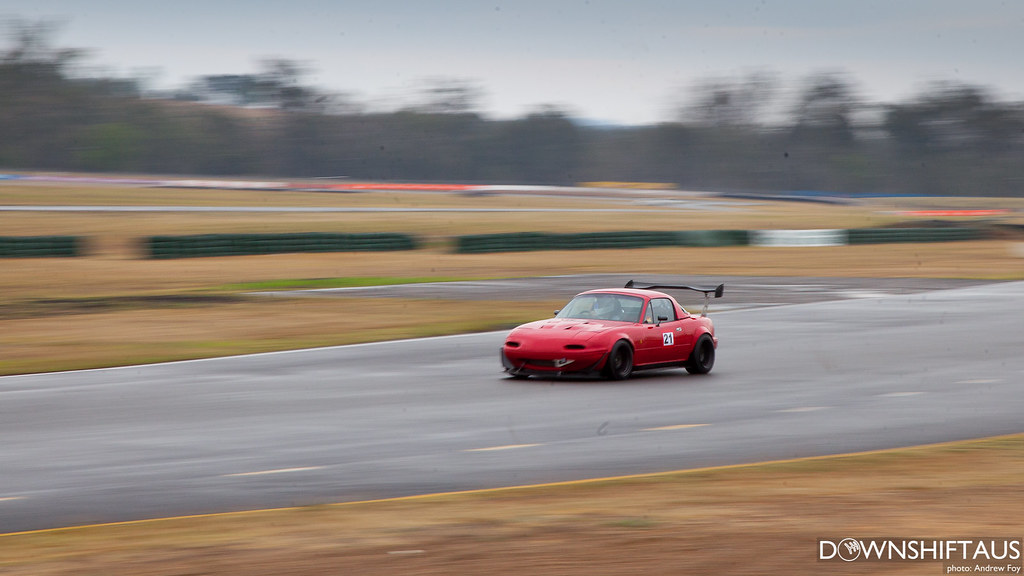
Alfa 75 or BMW E30. The Alfa is a bit of an oddball suggestion, although the E30 is still fairly common. Both make excellent bases for track cars. Parts aren’t as easy to come across as the Silvia or Civic, but a lot of the older crowd will have played around with Alfas and E30s and they can be an invaluable source of information. Plus the fact that a hell of a lot of weight will be lost from the Alfa just from rusting gives it another tick in the box in my book.
$10-20K:
Mitsubishi Evo (this also fits into the over $20K list). This has to be the most obvious choice out of pretty much any vehicle, with such great success in Time Attack and various other forms of motorsport. Parts are available everywhere. With such a solid drivetrain and that all-wheel drive grip, its performance means it can be an ultimate track day weapon. Its natural competitors the WRX and GT-R also make very capable cars, although the EVO would be my choice out of this bunch.

FD3S RX-7s are a well-balanced car, and one of the best driver’s cars available. The rotary engine has a bit of a reputation for being unreliable, but most of this comes down to lack of proper maintenance. One of the greatest RWDs produced and capable of keeping up with the AWDs, it makes a great choice for those who want something a little more ‘fun’.

Commodore or Falcon. Saloon Car is a class of racing designed around 6 cylinder classic Australian family cars (the Falcon and Commodore). In race guise these things are quite a lot of fun and are a very competitive class of racing to get into. If you can get past the stigma of racing a Falcodore, they offer a really cost-effective class as you can find parts everywhere.
Renault Clio and Civic / Integra Type R. These are my personal favourites. The Renault Clio Sport 197 is a fantastic driver’s car in the FWD segment and perfectly liveable as a daily driver. It doesn’t have the aftermarket support of the Type R range, but certainly ranks up there with it for fun. Both are capable of boxing with many of the turbo RWDs. If it came down to being sensible I’d have to pick the DC2 Type R, purely for the aftermarket support. However if you want something a little different and don’t mind ordering some of your parts out of the UK then the Clio makes a fantastic choice.
Over $20K:
Once you get over this figure you start having quite an assortment of cars that you can choose from and finding a car that is already finished to a decent level is quite easy.
Honda S2000. Yep you can find a few under the $20K mark, but most of the tidy unmolested or at least carefully modified examples are fetching well over that. One of the greatest driver’s cars of all time. Parts can be a little expensive and it is easy to ruin what is such a great car out of the factory so doing it right can be difficult, but the reward can be fantastic performance, reliability and driveability. The AP2 is a little easier to drive than the AP1, however both make a fantastic base.

Porsche 911. An iconic legend, it is getting possible to find some of the earlier 911s for a reasonable price and even some later models for a fair price. You have to allow some funds for servicing and repairs, but a well looked after 911 is a very reliable car and parts are reasonably available from places like Pelican Parts. I wouldn’t recommend it as a first track car but as far as driving experiences go, not much matches a 911.

Bullet Cars. Bullet are a Gold Coast-based car developer, originally founded in Tweed. They started developing cars based on the MX-5 chassis. Some of the earlier models can be picked up for reasonable prices. It’s something a little different and maintains all the driveability of an MX-5, just with the added power which they sorely lack from the factory.
Kit Cars. Have a look around and keep an open mind. There are some fantastic kit cars that you can buy to assemble or buy complete already. La Barata, Ariel, older Lotuses and Westfields are just a few. These almost guarantee to give you something unique, and for the most part kit cars are developed with the track or hard driving in mind. There are usually classes available for them at least at the club level.
Final Words
This list is by no means exhaustive and really you are only limited by your imagination and budget. Most of the fun in motorsport is getting out on the track and actually driving, whether it be a stock car or something modified. Too many people get into the mindframe that they must have the fastest car at the track and get lost in long and costly builds when time could be better spent behind the wheel learning to drive and growing as a driver. The old saying is definitely true: IT’S MORE FUN TO DRIVE A SLOW CAR FAST, THAN IT IS TO DRIVE A FAST CAR SLOW.
In the next segment we will cover what you need to go racing safely, and have your car prepared so you can have fun hopefully with a reliable car.
